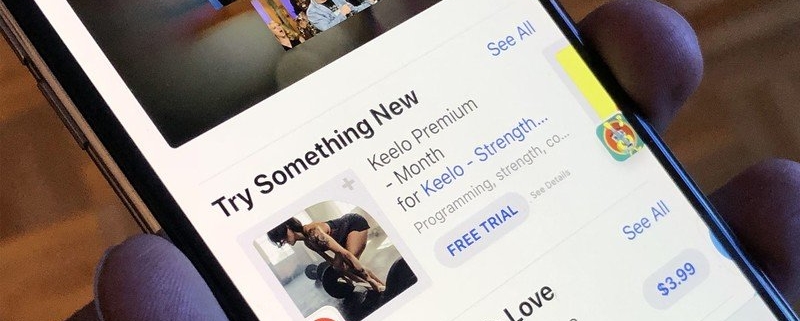Uber investigating ‘cybersecurity incident’ after hacker claims to access internal systems
SAN FRANCISCO, Ca. (CNN) — Uber said Thursday that it was investigating a “cybersecurity incident” after a hacker shared evidence that they had breached the ride-hailing giant’s computer systems with journalists and security researchers.
“We are currently responding to a cybersecurity incident,” Uber’s communications team said in a tweet Thursday evening. “We are in touch with law enforcement and will post additional updates here as they become available.”
The New York Times was first to report the incident.
Uber said in an update Friday afternoon that there was “no evidence that the incident involved access to sensitive user data” such as passengers’ ride history.
“Internal software tools that we took down as a precaution yesterday are coming back online this morning,” Uber said Friday. “All of our services including Uber, Uber Eats, Uber Freight, and the Uber Driver app are operational.”
Andrew Hasbun, an Uber spokesperson, declined to comment further on the incident.
It’s not the first time Uber has dealt with a security breach. Hackers stole data on 57 million driver and rider accounts in 2016, and Uber paid to cover up the breach.
Uber allegedly paid the hackers $100,000 to get rid of the data. The company in 2018 agreed to pay $148 million in a settlement related to the incident with attorneys general from 50 states and DC.
The-CNN-Wire™ & © 2022 Cable News Network, Inc., a Warner Bros. Discovery Company. All rights reserved.





